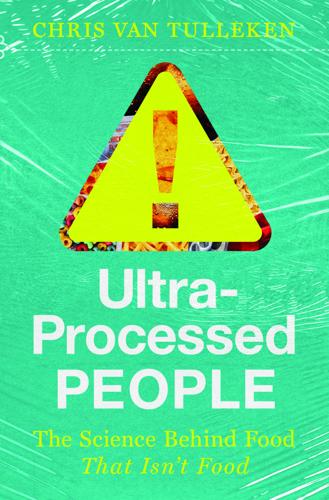NOVA classification
description: a food classification system categorising items by the extent and purpose of their processing
1 results

Ultra-Processed People: The Science Behind Food That Isn't Food
by
Chris van Tulleken
Published 26 Jun 2023
These two articles laid the intellectual foundation for Monteiro’s next step: to describe the bad food formally so that it could be studied. It was a task for which his time on the plantations had prepared him. He and his team looked at the foods associated with poor health outcomes in their data and started to try to describe them. By 2010, they had come up with the NOVA classification. Monteiro himself denies it was his idea, insisting it was a collective piece of work. And he denies that there was any kind of ‘Eureka!’ moment either. Instead, he says the definition came from many years of studiously analysing data. No one on Monteiro’s team could even tell me exactly how or even when they arrived at the definition, only that Jean-Claude Moubarac came up with the name ‘NOVA’ one day in the university canteen.
…
Invented in the late 1950s, Coco Pops were a staple of breakfasts for my parents’ generation and were by far the most popular cereal of my own childhood. Far from feeling like something to be concerned about, they’ve almost begun to feel like a ‘traditional’ food. Since the first publication of Monteiro’s NOVA classification system there has been significant backlash. How, critics asked, could a group of processes that don’t add calories or change the chemical composition of a food†† cause weight gain or ill health? It’s an understandable objection. You may have had an uneasy feeling about something else, too: that the definition of UPF feels just a little bit ... arbitrary?
…
And while the exact place to draw the line is arbitrary, the idea that there are dietary patterns that cause disease and others that don’t is not arbitrary. That idea comes from a huge volume of carefully collected and analysed data. And it’s also not arbitrary to propose that food produced for profit might be designed, deliberately or inadvertently, to make us consume it to excess. The NOVA classification was a hypothesis, a model that sorted foods into categories for rigorous testing by Kevin Hall and many others. And it sidesteps, at least partially, the social minefield of studying food. Whether a particular pizza will drive excess consumption has nothing to do with how much it costs or who’s eating it.